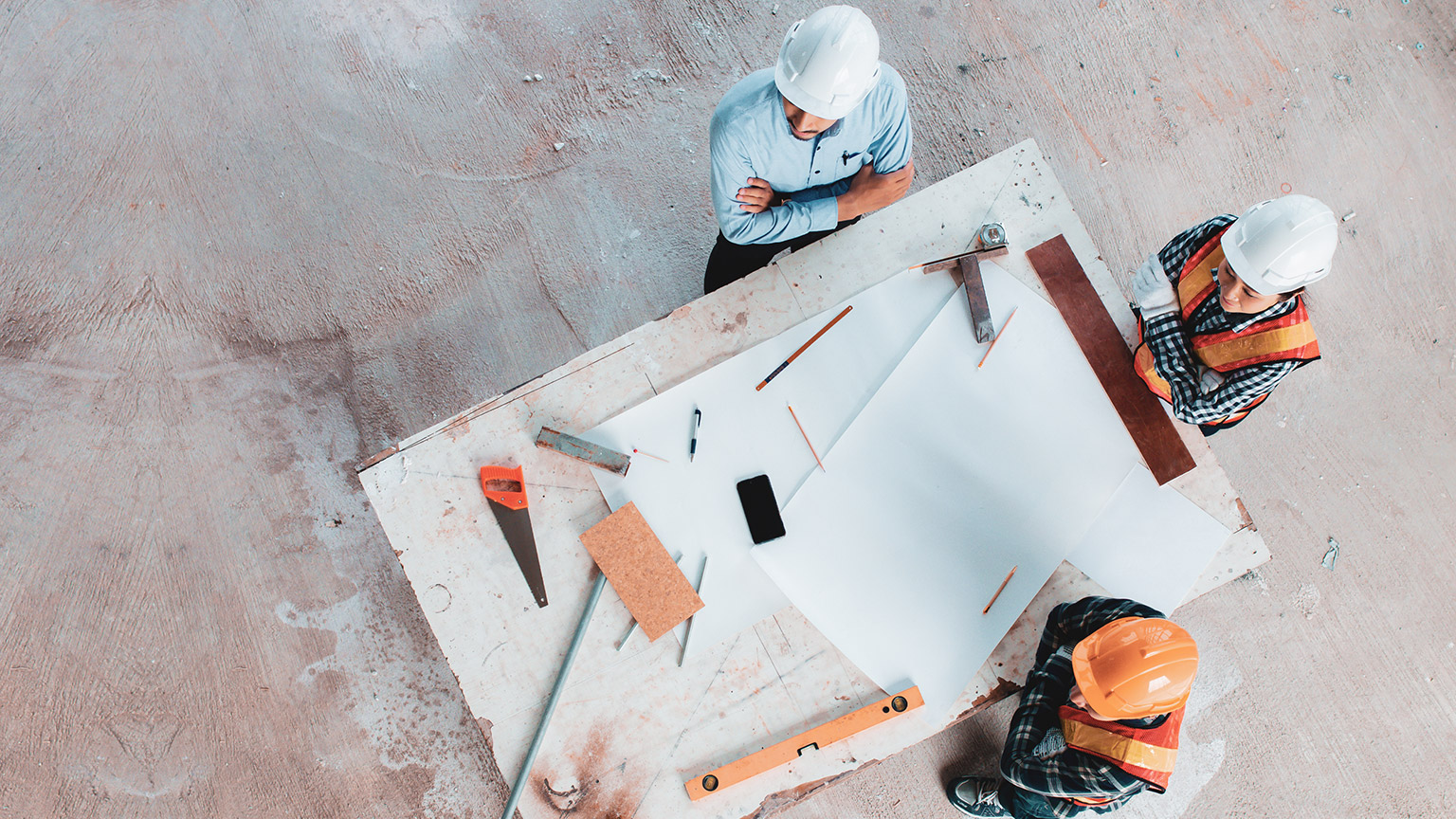The key legislation you should be aware of are:
- Building Act 2004 (and relevant state and territory instruments)
- Building Regulations (relevant to each state/territory)
- Work Health and Safety Act 2011 (and relevant state and territory instruments)
- Work Health and Safety Regulations 2011 (and relevant state and territory instruments)
- The Environmental Planning and Assessment Act 1979 (and relevant state and territory instruments)
- The Environmental Planning and Assessment Regulations 1979 (and relevant state and territory instruments)
- Other state and territory-based legislation and policies affecting buildings as described in NCC2019 (See Schedule 1)
- Relevant local laws depending on local government area
This first step involves looking carefully at your work instructions or work order, the plans and specifications and any supporting documentation such as safe work method statements, job safety and environmental analysis, etc.
Planning and organising
You will need to do some common things each time you begin the planning and organising stage of most tasks or projects.
Step 1: Review documents
This first step involves looking carefully at your work instructions or work order, the plans and specifications and any supporting documentation such as safe work method statements, job safety and environmental analysis, etc.
Step 2: Review the legislation
The building and construction industry is highly regulated. This is to keep workers safe, protect consumers, help resolve disputes and ensure that buildings are constructed safely and are of high quality. You also need to ensure that your work is compliant with legislation, standards, and codes.
Step 3: Consider safety
You must identify hazards, risks and controls during the planning and organising phase. A hazard is identified as having the potential to harm any of the people on site. Risk refers to the likelihood that the hazard will occur and what the significance of the harm will be. Controls are the strategies to mitigate (prevent and/or manage) the hazards and risks.
Step 4: Break the project down into its component tasks
For each building and construction project, you should break the project into its component tasks. This means that you should break the project down into discrete, measurable tasks. This can include reading work orders, work instructions and policies, and installing signs and barriers and moving equipment on site. Once you’ve listed all of the tasks down, you can then identify what needs to be done for each task, how will you do it, the materials you require, estimated time to complete, etc.
Step 5: Plan the sequence of tasks
Once you have broken the project down into its component tasks and analysed each of them, you can use that information to develop a workflow plan. The workflow plan provides you with a road map for the project. It should place each task into a logical sequence that maximises efficiency. When developing a workflow plan, consider the following:
- Access to tools, resources and equipment
- Access to trades already on
- Safety issues
- How can the flow of work be structured to maximise efficiency and quality?
Step 6: Document the plan
Once you have completed your workflow plan, you should document your plan by preparing a written work plan and a resources list.
Inspecting the site
For some tasks, before you begin work, you will need to inspect the site where the work will take place. When inspecting the worksite:
- use a safe, systematic approach
- wear appropriate PPE
- orientate the site on the plan
- locate key services on the site plan
- confirm the plans you are working from are current
- confirm the SWMS is current and accurately reflects the conditions on-site.
Communicating and contributing effectively
Here are some practical strategies for contributing to discussions about planning and organising respectfully and positively.
- Active listening
- Asking effective questions
- Thinking about your body language
- Be respectful, inclusive and culturally safe
- Confirming understanding
- Considering your communication style
- Providing constructive contributions
- Role model positive behaviours
The following are some additional resources that you may find useful. While they are not compulsory, you will find valuable information that will help you as you progress throughout the construction course.
Important websites
Optional Videos
The Diversity Council of Australia provides the following videos to help you with different aspects of diversity and inclusion:
- Inclusion starts with I
- Closing the gender gap in engineering and technology
- Diverse teams are stronger
- Our staff talk about hold tight
- Give nothing to racism
Useful templates

